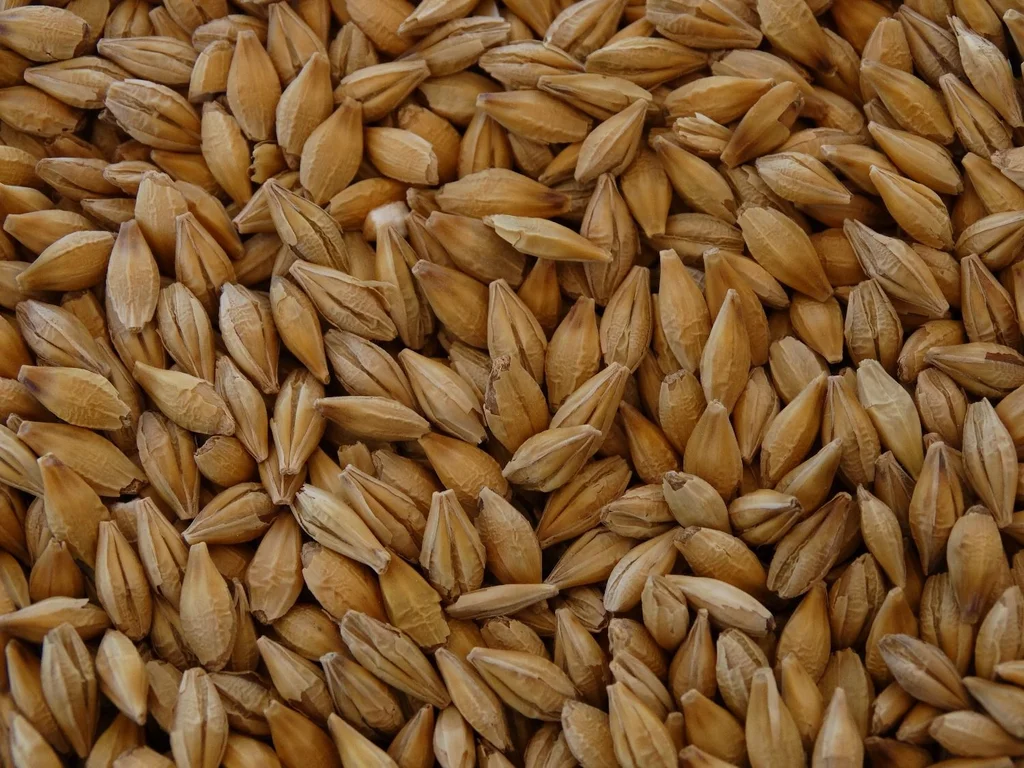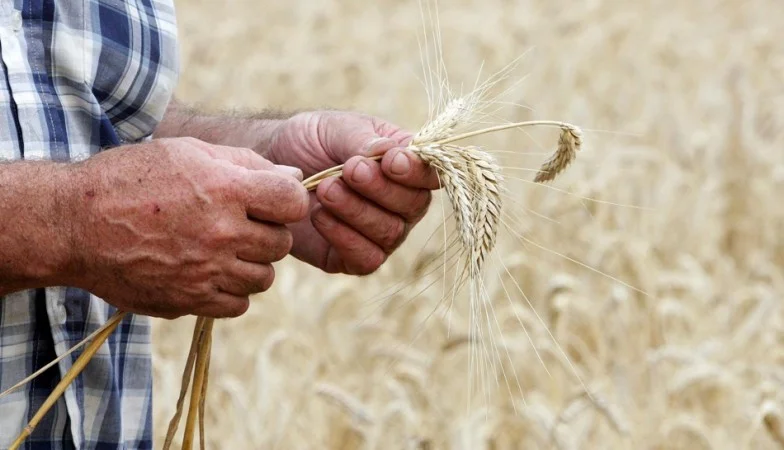Yes ok the last local production of wheat provided twice the volume of what the domestic market demandsthe good prices for the cereal increased the export flow and it is likely that in the coming months it will be necessary to import to cover the internal needa practice that if it happens will not be innovative.
Considering the existing stocks, in decline, and a stabilized local demand, although it all depends on how the export flow continues, it is likely that wheat will have to be imported at the beginning of springsurely in October, although that may happen sooner.
In the last harvest of wheat production, almost one million tons were obtained, clearly exceeding the demand of the domestic market, which slightly exceeds 400 thousand tons.
Sources from the flour milling sector told this Friday to The Observer that if it is necessary to import, the focus will surely be on Argentine wheat, due to factors such as availability, quality and lower freight cost, and that the resource of importing does not automatically lead to an increase in foods made with flour.
Even if it happens, they pointed out, it should not be at excessive levels.
They immediately made it clear that In an international scenario characterized by price volatility, you always have to leave the door open for something strange to happen.
Speaking to La Mañana, Catalina Rava, coordinator of the area of agro-industrial chains of the Office of Planning and Agricultural Policies (Opypa) of the Ministry of Livestock, Agriculture and Fisheries (MGAP), indicated this week that the national stock of wheat at the end of April was the lowest record for May in the last 10 years.
This is explained by the increase in Uruguayan cereal exports: 640 thousand tons from November 2021 to May 2022, for US$200 million, he reported.
It was used to export everything that wassaid the official, in order to take advantage of an excellent price compared to the usual, so much so that there were peaks of US$ 350 per ton as soon as Russia’s invasion of Ukraine was activated and averages on the axis of US$ 315. This Friday the ton of wheat in Chicago for the delivery contract in December was trading at US$ 390 and lost US$ 15 compared to its price of the previous day (US$ 405).
From one of the Uruguayan mills it was indicated to The Observer that the importation of wheat is a practice that has already been carried out in various years, with variations in the moment in which it happens and with years in which it has not been necessary to do so.
As he pointed out, it is recurrent to prioritize export to take advantage of good values and import later if it is necessary to cover a gap in demandonly now given the pandemic and war scenario, the international market is more volatile, hot, unpredictable and any move attracts attention of export or import that goes out of the usual lanes.
The new wheat from Uruguay, product of the planting that is concluding, will begin to be harvested from the farms at the end of Novemberin an area that, although there are no official data yet, may be equal to or somewhat greater than last year’s, in the axis of 250 thousand hectares.
john samuel
The milling industry may need imported grain next spring.
Low stock
Based on data from Agricultural Monitor, Local wheat stocks as of June 1 totaled 207,641 tons compared to 241,671 tons the previous month, according to data from the National Silos Plan survey which does not include bagged grain on the farm or in stockpiles with a capacity of less than 1,000 tons.
This volume is 27% lower than the 285,954 tons of stock on the same date in 2021..
According to the data of the plan, there was wheat declared within the industrial category for 114,741 tons. The largest declared volume is in San José with just over 67 thousand tons, followed by Soriano with 43,500 tons.
According to market operators, In the short term, it is expected that one ship and half of another with wheat will be exported after the departure of the soybean harvest.

john samuel
The demand for wheat for use in the domestic market exceeds 400 thousand tons.
Three facts about Uruguayan wheat
- Based on data presented in the Spring 2021 Agricultural Survey of the Directorate of Agricultural Statistics (DIEA) of the MGAP, in the 2021/22 campaign, the last one that ended, the area planted with wheat increased by 9% reaching 244,427 hectares, explaining 37.7% of the total area of winter crops (648,123 hectares).
- The total production of wheat was estimated at 974,110 tons, 4% higher than in the previous year and 121% more if we compare it with the 2017/18 campaign, five years ago.
- The average yield at the national level was estimated at 3,985 kg/ha sown, 4.7% less than that registered in the previous harvest, when the historical maximum of 4,181 kilos was reached.

Planting in the 2022/23 harvest will be at least the same as last year, on some 250,000 hectares.


















